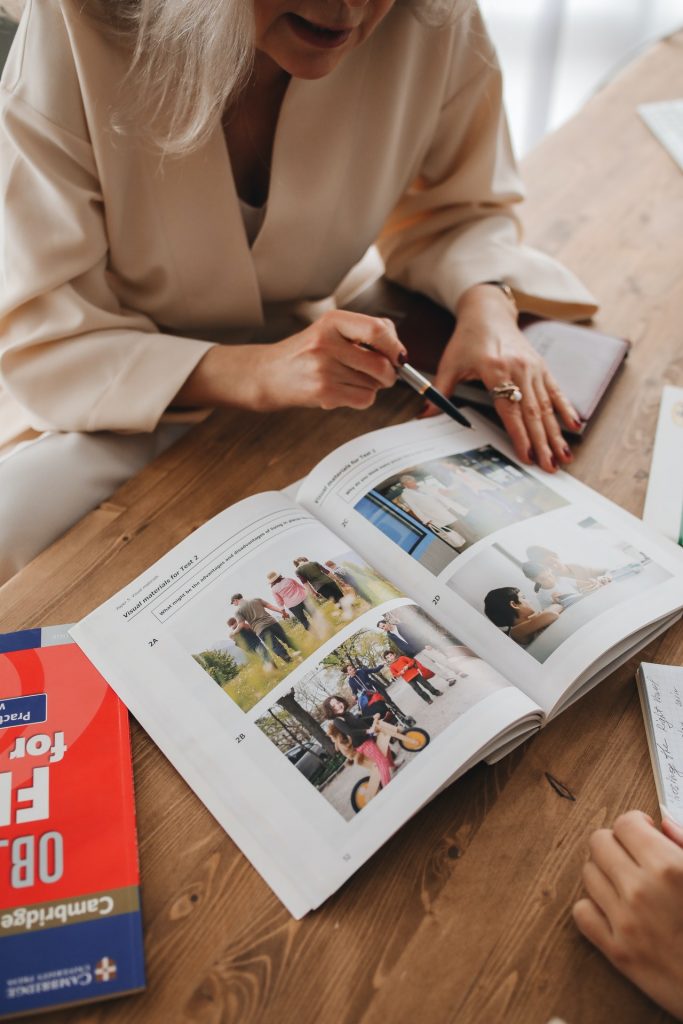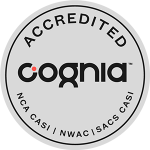Studying hard doesn’t mean that you’ll remember everything that you learn – not even close. Learning effective study techniques is an important aspect of student development. If you’re looking for tips to help improve your study habits, this blog post is for you!
So, how do you remember what you learn? The Ebbinghaus Curve was developed in 1885 by the German philosopher Hermann Ebbinghaus and is better known as the Curve of Forgetting.
What this curve shows is that:
- Immediate recall allows for 100% information retention.
- In a period of 24 hours, we forget 40% of the information we learn.
- After just 48 hours, we forget 60% of the material learned.
Reinforcement is required to help you in remembering what you learn. The right study techniques can solidify the information in our minds, but the wrong approach to studying can cause us to learn less effectively.
If you want to remember what you learn, the following studying techniques can help:
6 Study Techniques to Retain What You Learn
1. Follow the Spaced Repetition Method.
The spaced repetition method of learning helps you reinforce what you learn by routinely revisiting the information. For example, let’s assume that you’re studying a new language and have learned 20 new words.
Your vocabulary is growing, but you need to revisit these words to make sure that they stick in your mind.
A good approach is to:
- Review the words, even just 10 the next day.
- Review the remaining words the following day.
- Two days after, review the words again.
- Five days later, review the words again.
- And so on, adding any new information learned to your list as you review.
By slowing “trickling in” the information, you’ll be able to retain the information better.
2. Start Using Image-Name Associations
Learning has many different approaches. Some people learn better hands-on, others through audio, and many people through imagery. If you’re the type of person who learns better through imagery, you can use this to your advantage with image-name associations.
You can use this to recall names or words with images in your mind.
A good example of this, again, is with language learning. For example, in Italian, the word coffee translates to “caffè.” You can picture a romantic café with a coffee cup on the table to remember the word.
Image-name associations don’t work for every subject, but they can be a powerful studying tool for certain subjects. The key is to know your learning style. If images work for you, then you will probably be able to come up with some great sketches, visualizations, or even comic strips to help you remember the most complicated concepts.
 3. Active Reiteration
3. Active Reiteration
When you teach someone else what you’ve learned, you embed the facts into your mind. Teaching is a great method of learning because it requires a deep understanding of the subject matter and forces you to do the following to the information:
- Analyze,
- Condense,
- Investigate, and
- Summarize.
You’ll also be forced to think about material in a different way. For example, if you were to teach a new math concept to a 10-year-old, you would try to find the easiest way to explain the concept.
When trying to determine the easiest method to teach someone, you’re using active reiteration, which helps you really learn the material deeply.
You can use this technique the next time you’re asked, “What did you learn during school today?” Instead of falling into the routine of a “barely answer,” try to teach your family member or friend something new that you covered in the day’s lessons.
4. Start Using Flashcards
Younger students are often taught to use flashcards as a method of learning because they can be worked through rapidly. You can bring your cards with you anywhere to study, or you can even download a flashcard app like AnkiApp or Quizlet to study right on your phone.
The great thing about flashcards is that you can use spaced repetition with the app, too. If you make your own flashcards, you can use Image-Name Associations here as well by including directly on the flashcard the image that helps you remember the term or concept.
5. Speak the Material Aloud
Reading is just one of the ways that we learn. When you say material aloud, you’re 50% more likely to actually remember it. When you’re studying at home or in a place where you’re free to talk and read aloud, do so. Try not to be afraid that someone will overhear you! Learning and your future success is more important than the fear of being caught “talking to yourself.”
6. SQ3R Method of Studying
One of the study techniques that works exceptionally well for anyone trying to remember what they learn is called SQRRR, or the SQ3R method of learning. This is a five-stage learning process that includes the following:
- Survey. The survey is when you skim through the material to try and understand the basic information available. When you conduct a survey, you’ll just skim for the standout features. Some of these features can include the content headings, bolded terms within the text, section questions, or chapter summaries.
- Question. Each chapter or module should be broken down into questions that you’ll need to answer. You can write some general questions before you read, but another method is to divide your notes into a T-chart by adding a section in the left margin where you can write your questions during or after notetaking. It is good to avoid writing yes/no questions because you want to make yourself think about the answers and interpret what you’ve read in your lessons. As you write your own questions, you’ll want to focus on some of the following guiding ideas:
- What is the main focus of this chapter?
- What are the key points?
- What should you know about the chapter?
- Read. Start reading the chapter and filling in the questions that you jotted down already, or add questions in your margin that you can use as a review later.
- Recite. After you’ve read through the chapter, you’ll want to take the time to summarize what you learned and identify major points in the material. Some students prefer to save a space in their notes at the end of each section so that they can summarize what they learned later on while they are reviewing. Others prefer to draw a line at the bottom of each page of notes where they can add a summary later on. You can add a summary by section, page, or by chapter, depending on how long you want each summary to be.
- Review. Finally, you’ll want to review all of the material and quiz yourself to finish up the process. You can use the questions you’ve already written as a guide for review. If your summaries are strong, you can read through those to help you remember the content you covered.
The SQ3R method will assist you in remembering what you learned so that you can remember a lot of the material that you would normally forget over time. Remember that every time you review, you’re beating the “Curve of Forgetting,” so don’t let your notes or flashcards sit idle for long. The more often you review, the longer the information will stick with you and the less “cramming” you’ll have to do before each exam.
Many people go to school and are never actually taught to learn. When you learn how to learn, you’re using study techniques that assist you in the learning process far beyond graduation day. The six techniques above should help you on your way to learning material that’s difficult or didn’t stick the first few times you tried learning it. Try one or two at a time and see what a difference this time and effort can make in your confidence as you sit down to take your quizzes or exams.




